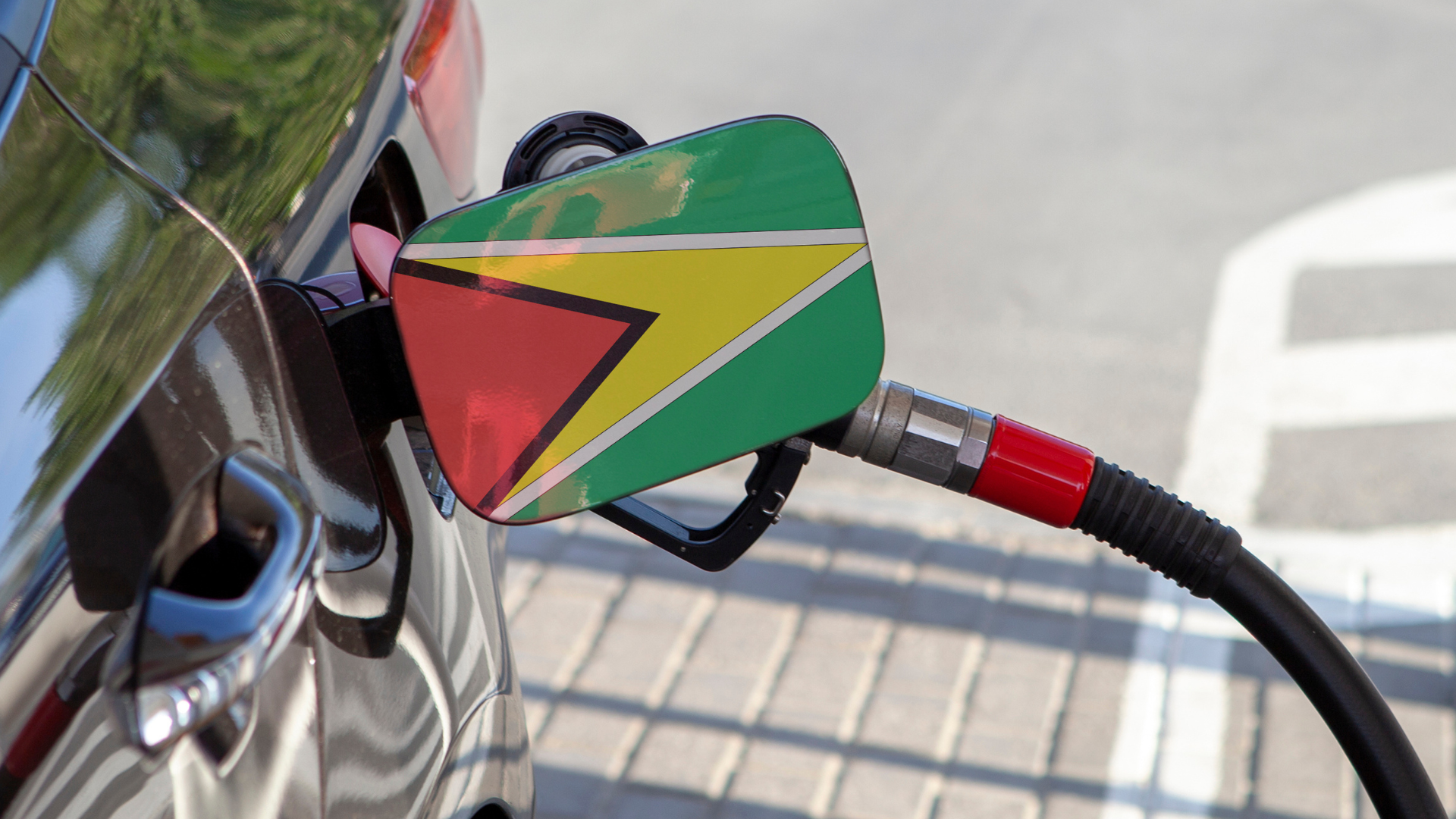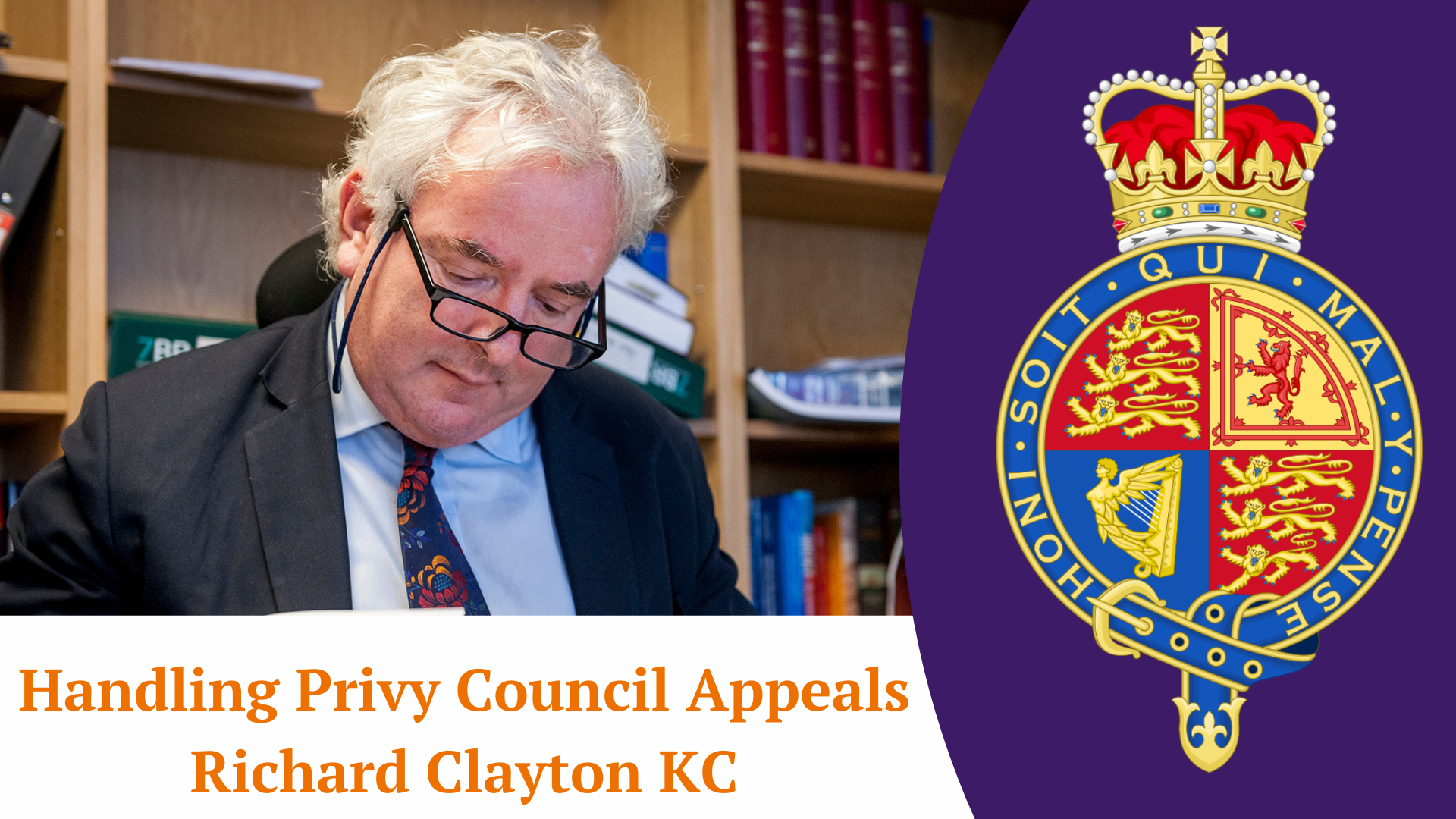
CLA News / ExxonMobil and liability for an oil spill: Whyte v Environmental Protection Agency and Esso Exploration and Production Guyana Ltd
This article looks at Collins and Whyte v Environmental Protection Agency and Esso Exploration and Production Guyana Ltd. [2022-HC-Dem-CIV-FDA-1314][1] a judicial review case in which the High Court made an order for an unlimited parent company guarantee from ExxonMobil Corporation. It uses publicly available material including the pleadings filed in the High Court and Court of Appeal.
ExxonMobil Corporation produces oil offshore Guyana through its subsidiary ExxonMobil Guyana Ltd. (Exxon) formerly Esso Exploration and Production Guyana Ltd. Exxon’s environmental impact assessments (EIAs) for its various petroleum operations include oil spill scenarios that show oil fouling the Caribbean Sea and Caribbean countries. Exxon’s operations in the Liza 1 field are governed by an environmental permit dated 31st May 2022 and expiring on 31st May 2027 (the Exxon Permit) granted by the Environmental Protection Agency (EPA). Condition 14 of the Exxon permit states that Exxon is, “liable for all costs associated with clean up, restoration and compensation for any damages caused by any discharge of any contaminant…” and requires Exxon to provide insurance and a parent company or affiliate company undertaking to provide financial resources to indemnify the EPA and Government of Guyana for its environmental obligations. Messrs Collins and Whyte sought to ascertain from the EPA whether Exxon had provided the financial assurances stipulated under Condition 14. The EPA contended that they had no obligation to respond or provide the information. On 13th September 2022 Collins and Whyte applied to the High Court for orders, inter alia, requiring the EPA to file the financial assurances with the court. Exxon was joined, at its request, as an Added Respondent.
On 3rd May 2023 Justice Sandil Kissoon made five Declaratory Orders. He ruled that the EPA was in breach of its statutory duty by its failure and/or omissions to enforce compliance by Exxon of its obligations under Condition 14 to provide (1) an unlimited parent company guarantee and/or an affiliate company guarantee to indemnify and keep indemnified the EPA and the Government of Guyana; and (2) environmental liability insurance. He made two other Declarations that Exxon had failed to comply with its obligations under Condition 14 to provide the unlimited guarantee and the environmental liability insurance. His fifth Declaration was that Condition 14 imposed on Exxon “unlimited and uncapped liability for all costs associated with clean up, restoration and compensation for all damages caused by any discharge of any contaminant arising from its exploration, development and petroleum production activities within the Stabroek Block, offshore Guyana.”
Kissoon J also granted an Order of Mandamus directed to the EPA to serve an enforcement notice under the Environmental Protection Act directed to Exxon to perform its obligations under condition 14 and provide on or before 10th June 2023 (1) the unlimited liability parent company guarantee agreement and/or unlimited liability affiliate company guarantee to indemnify and keep the Government of Guyana and the EPA indemnified against all environmental obligations of Esso and its co-venturers in the Stabroek Block offshore Guyana and (2) the environmental liability insurance. The order provided that failure to comply would result in Exxon’s permit being suspended. This would mean that Exxon would have to cease operations.
The judge criticised the EPA’s refusal to provide information and its failure to carry out its statutory duties and functions. He ruled that the EPA had, “sought refuge in silence, concealment, avoidance and secrecy” and described its conduct as “reprehensible.” He held that the EPA had “abdicated its statutory responsibilities…[and] relegated itself to a state of laxity of enforcement and condonation compounded by a lack of vigilance thereby putting this nation [Guyana] and its people in grave potential danger of calamitous disaster.”
The EPA was established under Part II of the Environmental Protection Act.[2] Its functions include conservation, protection of the environment, sustainable use of natural resources, and promoting public participation. Section 4 requires the EPA to make use of modern environmental principles including polluter pays, strict liability and the precautionary principle. Although the Act was passed in 1996, it is forward looking, for example requiring projects to be assessed for their impact on the climate. It also provides for public participation in screening projects for an EIA and scoping the EIA terms of reference, public rights to copies of the EIA and related statements, and an obligation on the developer to consult the public during the EIA itself. As Kissoon J held, “The entire scheme of the legislation which by Section 3(1) birthed the Agency, is built on the cornerstones of transparency, inclusivity, public interest, public participation and complete disclosure.”
The judge also criticised Exxon’s conduct stating that on the evidence before the court Exxon, “was engaged in a disingenuous attempt which was calculated to deceive when it sought to dilute its settled obligations stipulated and expressed in clear and unambiguous terms at Condition 14.” He pointed out that the requirement for environmental liability insurance and the unlimited parent company guarantee were the, “legitimate corollary flowing from its [Exxon’s] uncapped and unlimited liabilities arising from an event and pollution as encapsulated in the permit…”
The EPA and Esso contended that Collins and Whyte had no standing to bring their claim for judicial review. Kissoon J dismissed these contentions ruling that, “…age old pitfalls and archaic arguments on locus standi premised on a narrow, restrictive approach and interpretation that ought not to have survived the prerogative writs have no place in Judicial Review proceedings commenced under the Judicial Review Act”. He also held that the act mandates a broad approach to standing, public interest litigation and especially public interest matters pertaining to the environment. He referred specifically to Article 149J(2) of the Constitution which guarantees the fundamental right to a healthy environment.[3]
The Order of Mandamus provided for Exxon to indemnify the EPA and the Government of Guyana. On 8th May 2023 the EPA appealed against Kissoon J’s decision and applied for a stay. On 10th May 2023 Esso appealed and applied for a stay. On 12th May 2023 the Attorney-General of Guyana applied to the Court of Appeal to join the case. He argued inter alia that if Exxon’s permit was suspended the government would lose revenue. In December 2023, the Court of Appeal rejected his application for joinder. He then appealed to the Caribbean Court of Justice which allowed his appeal on 13th May 2024.
The applications for the stay were heard on 11th May 2023 by Justice of Appeal Rishi Persaud. The parties filed submissions thereafter. On 8th June 2023 Persaud JA granted a stay of the Order of Mandamus thereby putting on hold Exxon’s obligation to provide the insurance and the guarantee/indemnities. On 5th July 2023 Collins and Whyte applied for an urgent hearing of the two appeals and for the discharge/variation of the stay.
Persaud JA’s stay ordered that “US$2,000,000,000 (Two billion United States dollars) guarantee be lodged by Esso [Exxon]” within 10 days failing which the stay would be dismissed. However, no guarantee could be found to be lodged at either the High Court or the Court of Appeal. Counsel for the EPA and Exxon refused to provide Collins and Whyte with a copy. On 1st November 2023 Collins and Whyte applied for orders directing the EPA and Exxon to provide copies of the guarantee. The matter was again heard by Persaud JA who ruled on 19th February 2024 that he did not have jurisdiction to order the EPA or Exxon to provide a copy of the guarantee which he had ordered Exxon to lodge. On 22nd February 2024 Collins and Whyte applied urgently inter alia to set aside Persaud JA’s decision.
As at the time of writing there is no evidence before the Court that Exxon has complied with the condition of the Stay to lodge the US$2billion guarantee and the Court of Appeal has not set a date to deal with the urgent applications regarding the stay. In the substantive appeal the Court of Appeal has set a timetable for submissions but no date to hear the appeal. The timetable will be affected by the joinder of the Attorney-General.
In the meantime, as Kissoon J held, in the absence of the parent company guarantee Guyana is liable if there is a release of hydrocarbons.
Melinda Janki is an international lawyer, an attorney-at-law in Guyana and the winner of the CLC LexisNexis Rule of Award 2023.
Melinda is a member of the Council of the CLA
Notes:
[1]Messrs Collins and Whyte are represented by Seenath Jairam SC, Melinda Janki and Abiola Wong-Inniss. The Environmental Protection Agency is represented by Frances Carryl and Sanjeev Datadin. Exxon is represented by Edward Luckhoo SC and Andrew Pollard SC.
[2] The author was the main drafter of the Environmental Protection Act
[3] The right to a healthy environment was included in the Constitution in 2003, following submission of a paper by the author to the Constitution Reform Commission setting out the arguments in favour of such a right.




